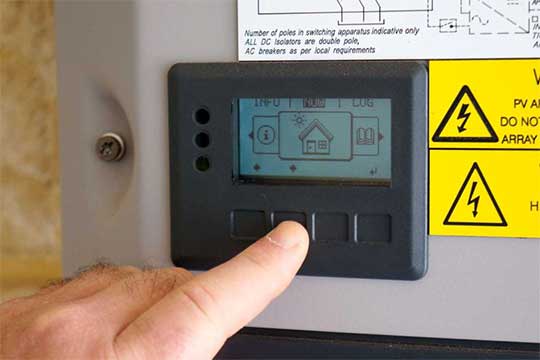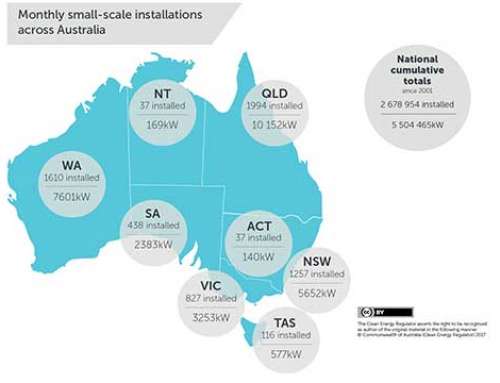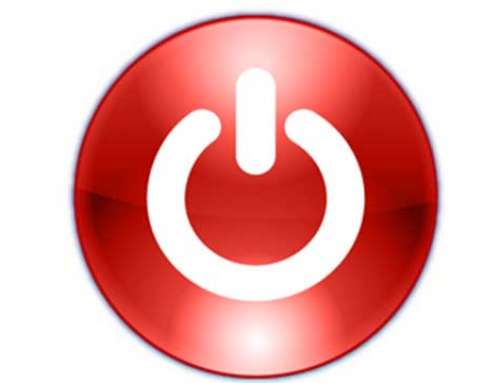Households with solar panels are fast looking to batteries as a way to offset the sharp fall in rebates Synergy pays them for their electricity, but making the move could cost them the tariff altogether.
Key points:
- Solar customers required to purchase electricity units at night
- Batteries used to reduce purchases voiding contracts
- Restriction to impact early solar adopters
David Walker did his research before installing a five kilowatt solar panel system at his home in Bicton south of Perth last year.
He generates three times the amount of energy he uses and like tens of thousands of other households in WA, Synergy pays him a tariff to feed his excess energy back into the grid.
But since 2010, the amount Synergy pays customers for their excess power has been slashed.
“The feed in tariff is less than a third of what we import, the cost of electricity, so we have to export a lot to break even on it,” Mr Walker said.
“We could have got away with a three kilowatt system but the five kilowatt means that we actually kind of help to pay off the cost of the capital.”
The feed-in tariff was reduced considerably since 2010 because the uptake had been so great.
Feed-in tariffs slashed
Customers who got in early signed up for 10-year contracts under ‘The premium Feed-in Tariff Scheme’.
For contracts signed between July 1, 2010 and June 30, 2011 customers are paid 40 cents per unit of power they feed back into the grid.
The tariff was then reduced to 20 cents for contracts written between July 1, 2011 and August 1, 2011.
New customers are now paid just 7.135 cents per unit under the Renewable Energy Buyback scheme and have to buy electricity back at night for 26 cents per unit.
So Mr Walker investigated getting a battery to reduce how much power he needed to purchase overnight, but under current regulations that would cut his tariff altogether.
“When I got this system, I asked about future fitting in of batteries when those prices came down and they said you’d need a battery charger that sits in between the inverter and the battery,” he said.
“Then I found out that according to regulations that’s considered an inverter itself.
“Now I already have a five kilowatt inverter which is the maximum allowed to still be eligible for the tariff, as soon as you add this other device, it’s also considered an inverter and puts me over the limit, so then I don’t get any feed-in tariff.
“It means that I don’t get anything for any of the power I export and that just increases the time to pay off the capital cost.”
Batteries not yet the answer
It all comes down to a technical rule.
The regulation limits the size of household solar systems to five kilowatts of power, by adding a battery, the Government said that takes them over the limit and rules out the feed-back deal.
Mr Walker said the restriction was nonsensical.
“I would have thought that they would increase the limit when people do put in batteries because then you’re smoothing out the power that you’re exporting to the grid.”
“My understanding is that the five kilowatt limit is because you’ve got a major peak in the middle of the day when you’re injecting power into the grid and that presents a problem for management of the network.
“But with a battery of course you can reduce those peaks by using that power to charge a battery and then continue exporting it after the sun’s gone down”, Mr Walker said.
Battery installers said the rule would affect most households that installed renewables early.
Infinite Energy CEO Shane Cremin said maintaining the restriction simply delayed the inevitable.
“So, what you’re looking at is a lot of people who have existing systems that are now unable to install batteries due to this restriction.
“Those people on single phase systems, which is most houses in Western Australia, who have a five kilowatt inverter system already installed, unfortunately they aren’t able to increase the size of that inverter system and so that precludes them from getting a battery in a standard set-up”, Mr Cremin said.
The government said it had taken several steps to make it easier for customers to install batteries but would not use taxpayer dollars to subsidise the business model of private companies.
For now, Mr Walker will sit tight and hope the Government changes the rules.
Source: http://www.abc.net.au






